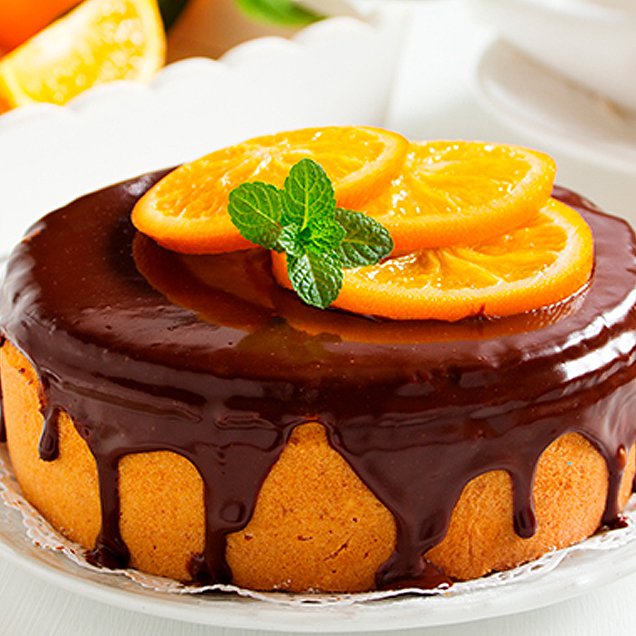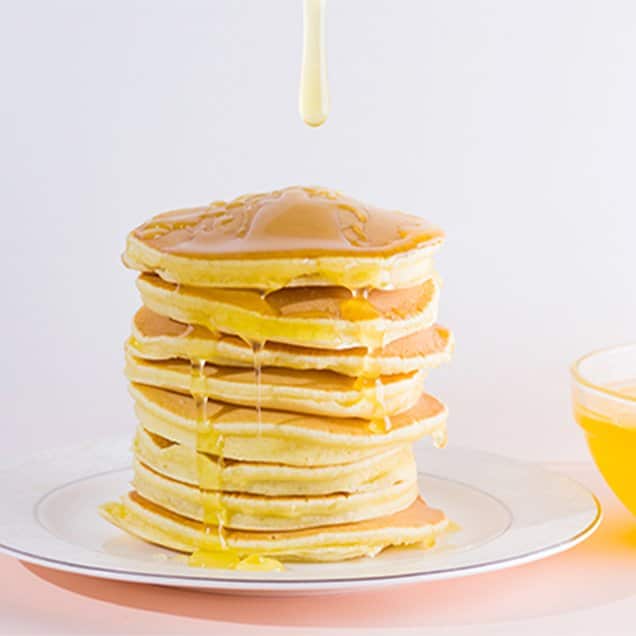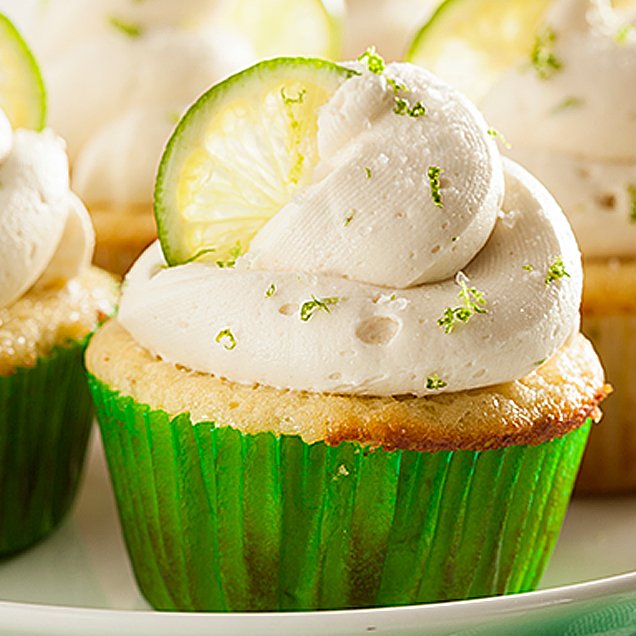
Tips on how to make natural food coloring for your frostings!

If you want to cut back on artificial coloring for your frostings, you're in the right place. Follow these tips to make some natural food coloring!

1: Choose a source of color
First of all, you need to know where to get the colors from. Here's an easy guide to the simplest and more common hues.
Blue: red cabbage + baking soda
Black: activated charcoal, squid ink
Brown: coffee, tea, cocoa
Green: matcha, spinach juice or powder, spirulina
Orange: carrots, paprika, sweet potato
Pink: strawberries, raspberries
Purple: blueberries, purple sweet potato, concentrated blueberry juice
Red: beet powder
Yellow: saffron, turmeric

2: Keep the flavors in mind
Because the color comes from real food ingredients, some flavor will remain. The more color you add to the frosting, the more it'll taste.
So just keep this in mind, especially when using spinach or squid ink. It's not as big a deal when you're using strawberries or cocoa!

3: Expectations
Natural food colorings won't be as intense as commercial ones, so, keep your expectations reasonable. The key to achieving the most vibrant color is to start with as concentrated a base as possible.
Use as much produce as it takes to get 1 cup of strained liquid. Then, reduce the liquid in a skillet over medium heat to concentrate the color and remove extra water that might dilute the frosting. Aim for about ¼ cup concentrated liquid as the finished product.

4: Powder vs liquid concentrates
There are two ways to make DIY food colorings: powders and concentrated liquids. Powders are the easiest way because they dissolve easily and are already concentrated.
The liquid can be pure juice or a strained purée.
Extra tip: To avoid clumps, dissolve the natural powder dye in about 1 tbsp of water before mixing in the frosting.

5: Heat plays a role
We recommend using natural food coloring in cold applications, such as frostings, icings and glazes. Heat can affect the outcome as many of these colors can change & become more brown when exposed to high temps.
6: Add color and decorate
Just like with traditional food coloring, it’s best to add the color in small amounts gradually until you achieve the color you want.
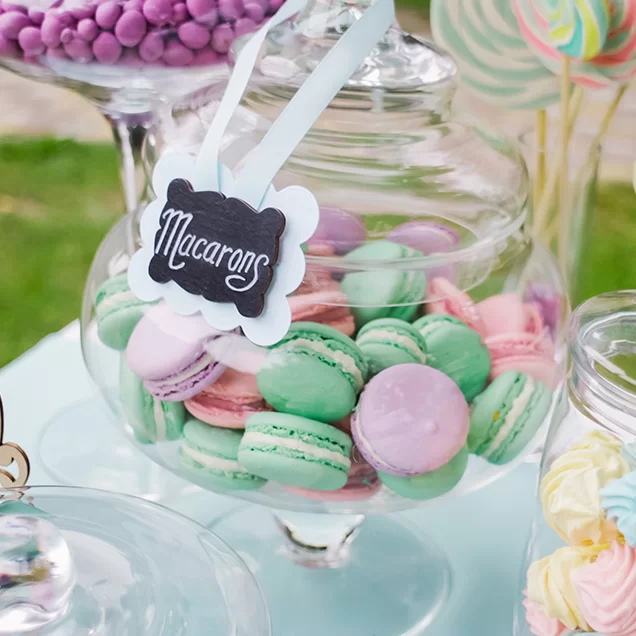
Candy bar musts
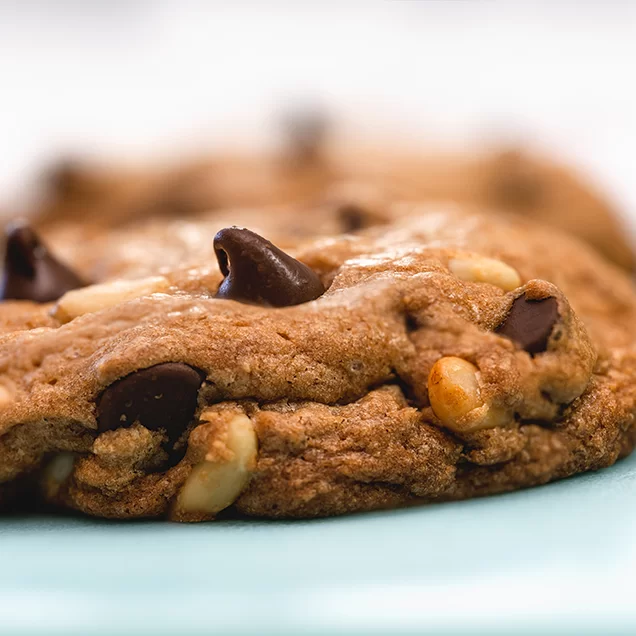
Simple hacks to make store-bought cookie dough taste better

